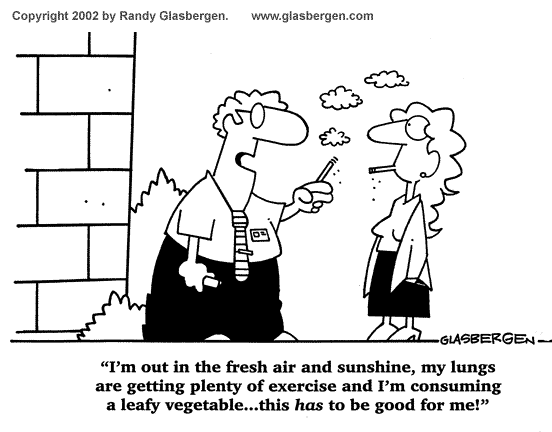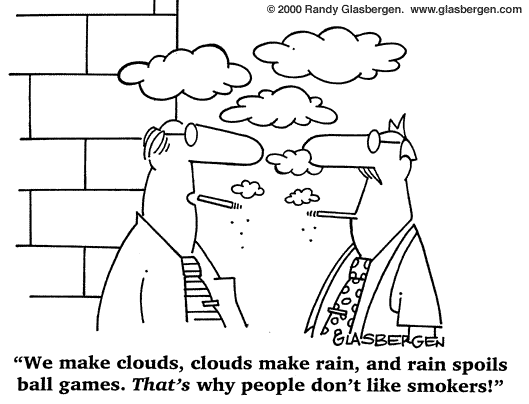Capnomania and FumimaniaPart 2 of 4Robert Service’s inspiration for “The Ballad of Salvation Bill”In his autobiography, Ploughman of the Moon, Service describes in detail a conversation with a Jake Skilly, who along with Service and a couple named McTosh, navigated their way down the McKenzie, the Rat, The Bell, and the Porcupine Rivers on their way to Dawson. Skilly was a “Tobacco Fiend” and during the trip he seemed to think of nothing but his dwindling supply of cigarettes which, as in “The Ballad of Salvation Bill”, he rolled from magazine pages. Service was talking to Skilly: “How many pages left, Jake?” I asked. “About thirty,” he told me gloomily. I made a rapid calculation. Allowing twenty-four smokes a day, that gave us only two and a half days. Humm! I put more guts into my stroke. As I sat crisped in the bow I could hear his grating voice; “I think I ought to warn you, partner, if this paper pans out I’m liable to go bughouse.” “Nice cheerful prospect,” I said. “And then what?” “Well ye mind that yarn ye told me of them two stiffs ye found in a cabin wi’ their head ablowed off?. . . I’ve just been athinkin’ that’s what might happen to you an’ me—if this here paper gives out.” I laughed as at a merry jest, but as time went on I did not think it so funny. A homicidal maniac in the making is not the most pleasant of companions. I got to watching him more and more, and my nervousness increased. And that night he told me: “Ye know, I always figgered if I run outa paper for cigarettes I’d be a fit candidate for the loony ward. Well, I’ll tell ye what happened to me the winter I ate my dog. A wolverine got into the cabin and chewed all my paper to pulp. I hated my dad but I sure did like Ma. I carried that there Bible everywhere. I never read it, but jest liked to have it by me, thinkin’ it might come in useful. Well it did—mighty useful. For I smoked it through from Genesis to Revelation. Damn poor smokin’ at that, but it saved my life. Yes sir, that Bible saved me from a bullet in my bean.” As I bent to paddle I felt my spine creep. The man was unbalanced, but whether to the point of insanity or not I could not determine. It is true he was a nicotine fiend and his nerves were sustained by tobacco. And only strong cigarettes could satisfy his craving. He loathed a pipe. Once when I handed him mine he returned it with repugnance. And incidentally, lest it be thought that I exaggerate in my fear that my partner was going crazy, let me say that that was what ultimately happened. A few years later, in his lonely cabin on the Arctic Ocean, Jake went mad and shot off the top of his head. From his book of memoirs that covers his youth, the 40 years up to the time he left Dawson, Canada:
was so horrified by what he had read of the effects of smoking that he gave up reading. I ought to know because I’ve done it a thousand times. Some Additional Excerpted Thoughts about Smoking from the Internet
Risks of Being a Smoker:  Benefits of Being a Non-Smoker: 
Used with special permission from the cartoonist, Randy Glasbergen. Is Nicotine Really an Addictive Drug?
For a drug to be considered addictive, it must meet certain criteria:End of Part 2 of 4
|